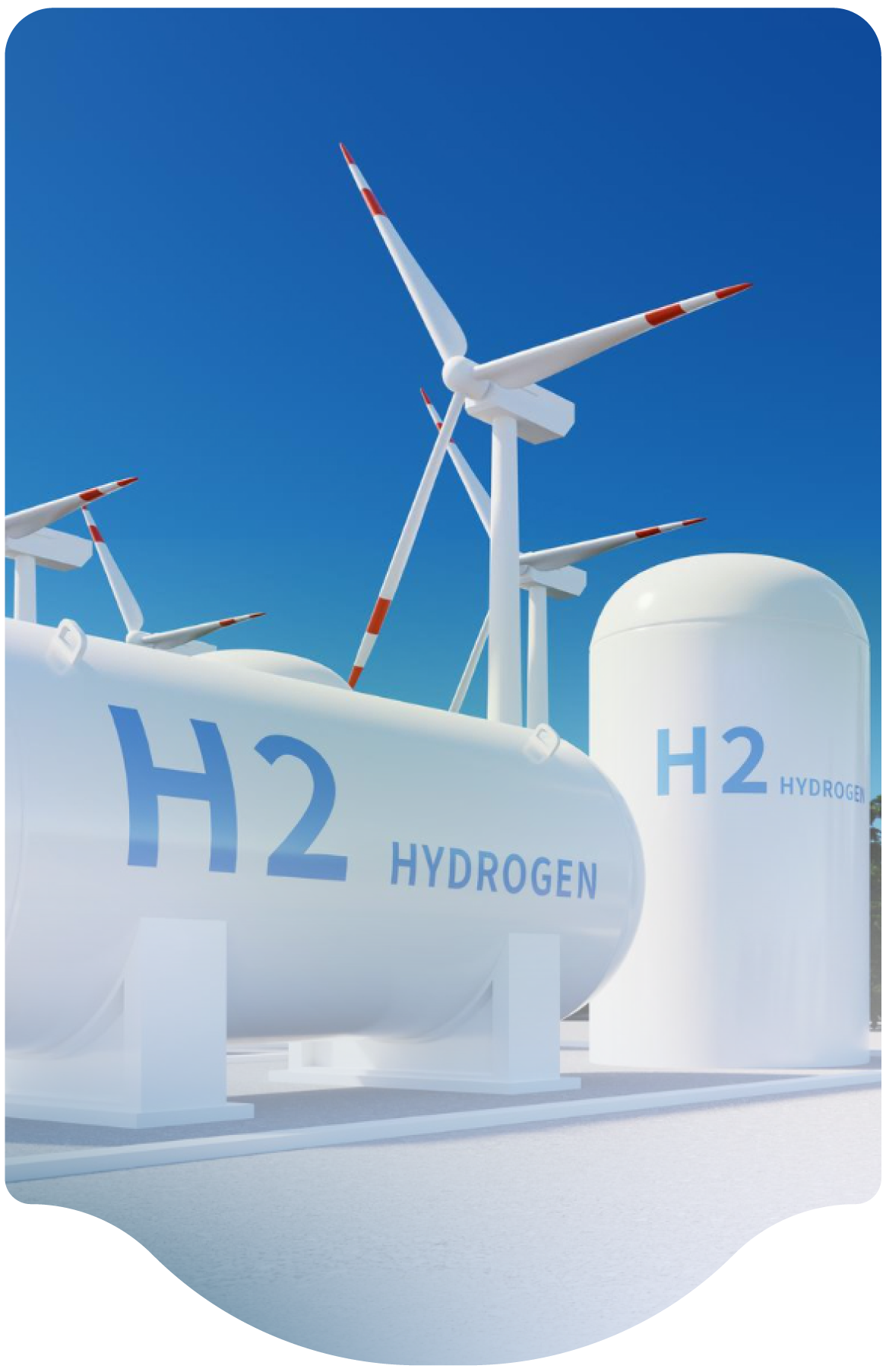- Home
-
Resources
- Center for Hydrogen Safety
- Hydrogen Fuel Cell Codes and Standards
- Learnings & Guidance
- Paper & References
- Web-based Toolkits
- Workforce Development

- Contact
- About H2Tools
- Welcome to the Hydrogen Tools Portal
- helpdesk@h2tools.org
FAQ
Frequently Asked Questions
Question & Answer
Category
Fueling Stations, Lab Equipment, Site Planning
Category
Fueling Stations, Lab Equipment, Site Planning
- 26 results found
- Clear All
Assuming this question relates to the roof of the enclosure, there are no design criteria on this topic to the Panel’s knowledge. The key to the design would be ensure that the exhaust ventilation inlet is located at the highest point and that there are no pockets that can capture hydrogen (restrict flow to the exhaust inlet).
Information on Toyota’s repair garage approach is available…
Category: Lab Equipment
Keywords: Laboratory, Ventilation, Hood
A best practice, even for small hydrogen vents, is to vent to a dedicated vent system outside the building where possible. Several international codes and standards can be used to provide guidance; the Panel recommends discussing the configuration with a local fire official to ensure their required standards are followed. In the U.S. NFPA 2, Hydrogen Technologies Code, has information in…
Category: Lab Equipment
Keywords: Laboratory, Ventilation, Generation
It is always recommended that the area in which this work would be done be adequately ventilated and in accordance with the Building Code, NFPA 2 and NFPA 45 if applicable. In the Panel’s opinion, it’s recommended that the weight measuring equipment as you’ve described it be designed for Class 1, Group B, Division 2. Also consult with the local authority having jurisdiction as to the…
Category: Lab Equipment
Keywords: Laboratory, Electric, Classification, Weigh Scale, Ventilation
While HSP members have limited experience with MFCs in experimental setups, the Panel does not consider them to be reliable to provide a positive flow shutoff. For safety, a shutoff valve in series is recommended. Projects will also need to consider hazardous electrical rating and location when flowing H2. Regarding Coriolis mass flow measuring devices, Coriolis flow meters measure mass rate…
Category: Lab Equipment
Keywords: Laboratory, Flow, Control, System Design
It is difficult to provide trustworthy answers to these questions without understanding the design and configuration of the specific installation. It may be best to consult with a pressure systems expert to evaluate the specific installation and uses. The gas provider may also be a good resource for specifics on gas equipment use. Other beneficial resources include the…
Category: Lab Equipment
Keywords: Laboratory, Tube, Instruments, Cylinder, Regulator, Fitting, System Design, Valves
These distances are based primarily on hydrogen piping releases and resultant vapor clouds and jet flames based on pipe diameter and pressure. It’s important to note that many facilities have issues such as confinement and congestion, so it may be applicable to apply contemporary engineering models to assess risk.
Category: Site Planning
There is technically no upper limit for GH2 storage listed within the separation distance tables within Chapter 7 of NFPA 2. For LH2, there is a 75000-gallon upper limit for the LH2 storage separation distance tables within Chapter 8 for LH2.
It’s important to note that many facilities have site specific issues such as large quantities, confinement, and congestion, so it may be…
Category: Site Planning
Keywords: Site Planning, Separation Distance, Equipment, Liquid, Storage
The Global Asset Protection Services (GAPS) standard was written 20 years ago for property loss prevention at crowded chemical plants and is intended for existing and new oil and chemical facilities to limit explosion over-pressure and fire exposure damage; thus, the purpose is different than NFPA 2. NFPA distances were based on studies from the 1960s as well as qualitative factors that were…
Category: Site Planning
Keywords: Site Planning, Separation Distance, Equipment, System Design
Previous versions of NFPA 55 listed overhead power lines within the separation distance tables with no voltage distinction. The separation distances were 15 ft for GH2 and 25 ft for LH2 for all overhead electrical lines. The current edition of NFPA 2 includes these in overhead utilities; the distance for GH2 and LH2 will vary with pressure and diameter of the hydrogen piping. In practice, high…
Category: Site Planning
Keywords: Site Planning, Separation Distance, Electric Power Lines
If liquid hydrogen usage is sufficiently high at the fueling station, there may be no need to vent any boiloff generated from the LH2 storage tank. Boil-off gas should be minimized through system design, but where needed, the boil-off hydrogen along with any other hydrogen released must be vented through a local vent stack which is constructed to safely vent the hydrogen in accordance with CGA…
Category: Fueling Stations
Keywords: Fueling Station, Boil-off Gas, Venting
We are professional and reliable provider since we offer customers the most powerful and beautiful themes. Besides, we always catch the latest technology and adapt to follow world’s new trends to deliver the best themes to the market.
Contact info
We are the leaders in the building industries and factories. We're word wide. We never give up on the challenges.
- 2 Queen Street,California, USA
- (+84) 04 123 456
- :Helpdesk@h2tools.org
